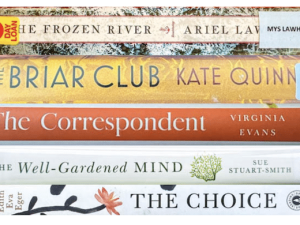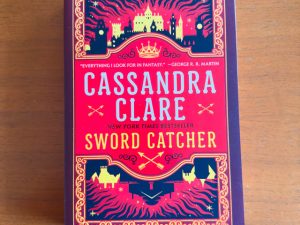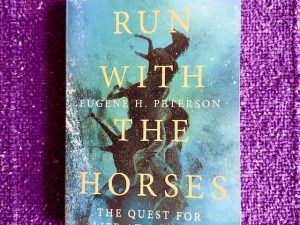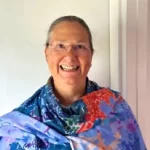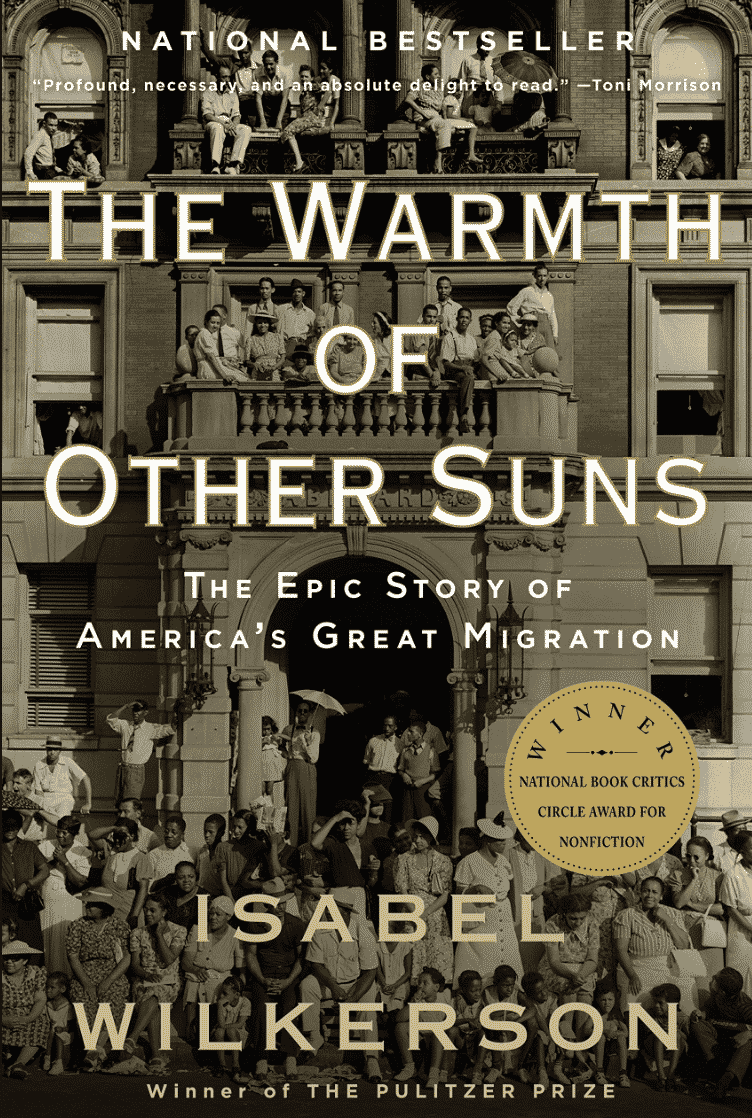
This book is fabulous and I give it an emphatic five stars. At 640 pages, taking this on is a bit of a project, but it is non-fiction at its finest, centered around the unfoldment of three characters’ lives that makes reading this feel like a story. This is the best way to learn and remember, and we need to learn this, for who among us were ever taught about the Great Migration as one of the defining things that happened in the United States in the 20th century? This story feels personal as many of us have lived through either parts of it or the repercussions of it.
Written by a New York Times writer who was the first black journalist to win a Pulitzer Prize, this book is stunningly well written. It is the story of 7 million blacks who quietly up and left the south, and follows three people specifically, to extrapolate from the specific to the general. The author interviewed 1200 people for this book to pick the three she focused on. Her research was incredibly in depth, but the massive results of it are shared so well, the reader is the appreciative beneficiary of all she’s learned, and amazed that the telling of it is never laborious. Even though the book is long she used every page to great advantage. The author is now a professor of narrative nonfiction at Boston University.
The book tells a very sobering story, one that starts horribly, and improves by varying degrees; it is a saga of a slow transformation. The reader feels for these people. Their flaws, humanity, and what they’ve been through, make you yearn for something better for them. Those with more money had more opportunities, and those with more opportunities had more money. For centuries whites accrued and capitalized on both, so how could blacks safeguard a better future for their kids?
You really realize reading this that the influx of the black migrants to the cities in the north did not corrupt and contaminate those cities, but rather the reverse. Neither the north, west, or the south were without their problems. For blacks in the Jim Crow south you might know the heinous, unfair rules, but in the north and west there were unsaid, unfair rules, that you just didn’t know about until up against them.
This book is like reading a trinity of memoirs woven together, and the combination the author chose is especially interesting. All three are married. One moves to New York City, one to Chicago, and one to Los Angeles. All three had very different jobs, attitudes, and temperaments. One learned that spite only hurts you and not the other whom you think you are targeting. Another was competitive and constantly comparing, caring what others thought, always trying to measure up– who did well but was never satisfied. The third lived with authenticity and equanimity, was positive thinking even in negative environments, calm and philosophic, reframing every situation by owning that, “God doesn’t make mistakes.” It is interesting to watch how these various trajectories fared over a lifetime and the different kids each approach generated.
Robert Pershing Foster, Ida Mae Brandon Gladney, and George Swanson Starling, did not know they were participating in one of the great untold stories in history. They were just seeking a better life. Did they find it?
This book is an epic blockbuster. I listened to the audio since I wasn’t sure about wading through a paper copy, and not knowing how very readable it would turn out to be. Either way, I encourage you to read The Warmth of Other Suns. What you learn will stay with you forever.
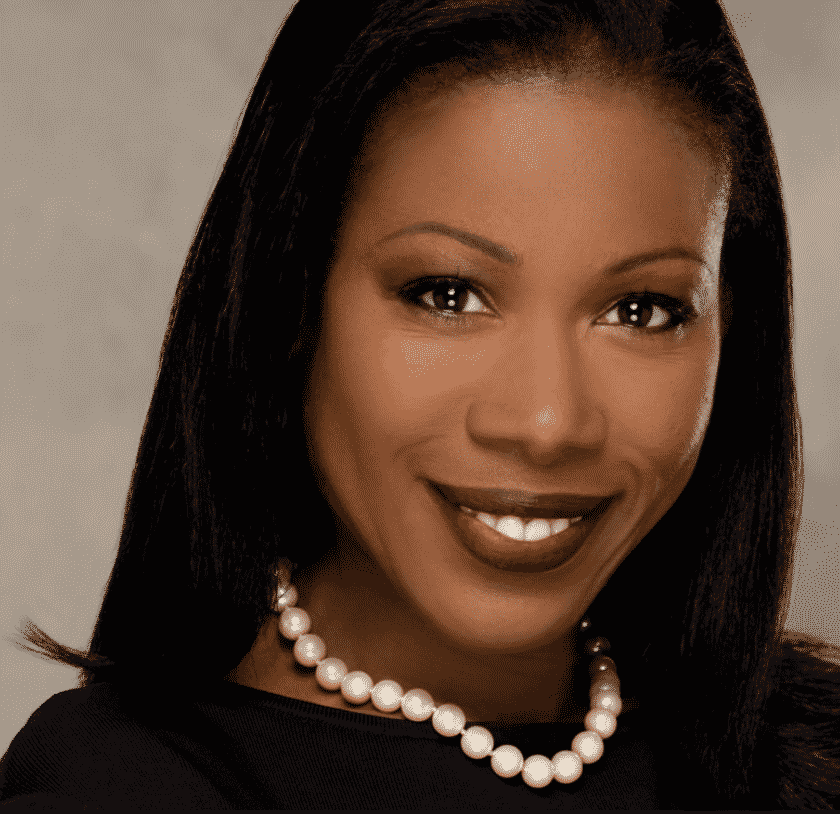
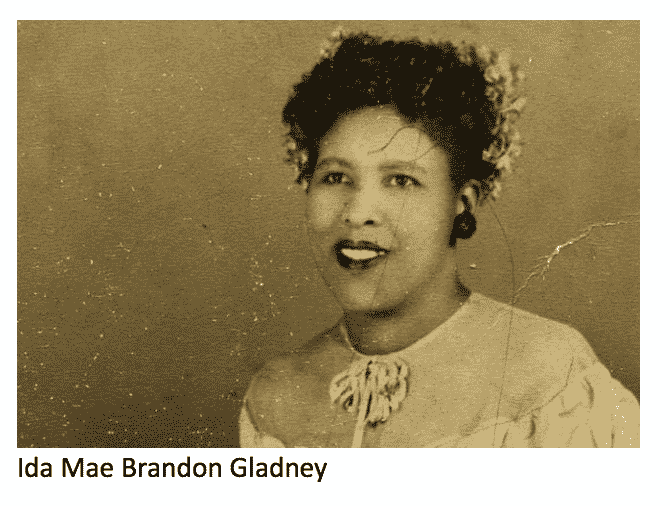
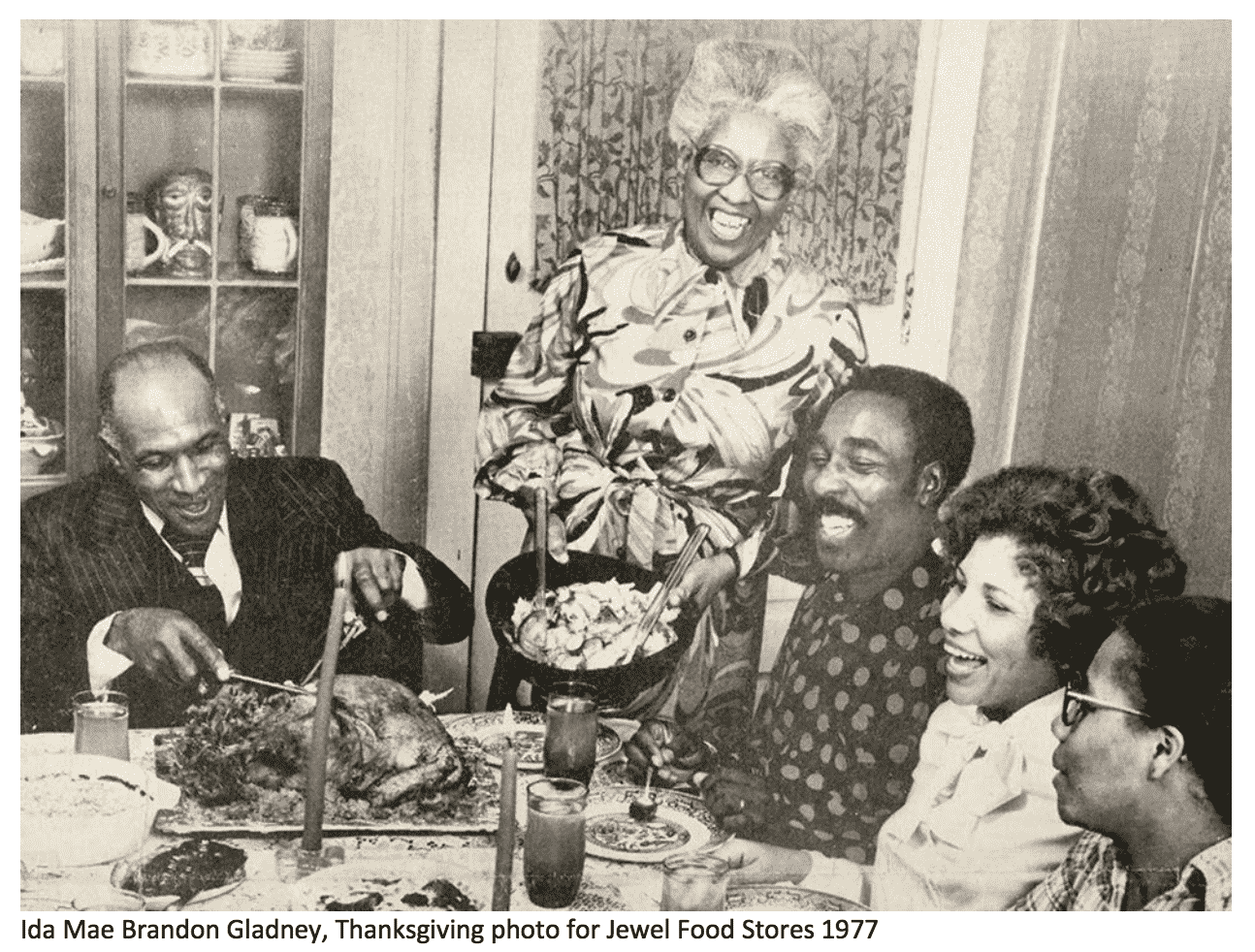
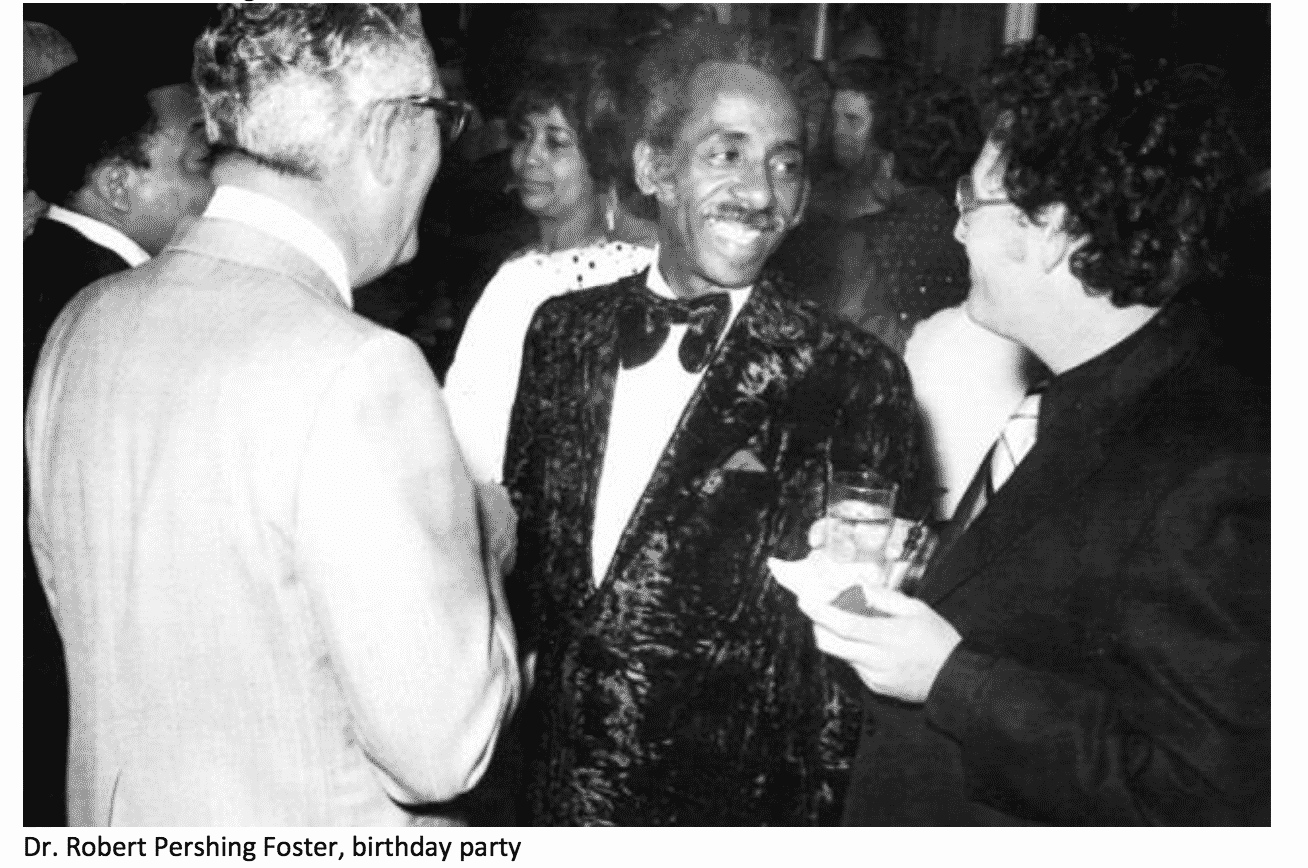
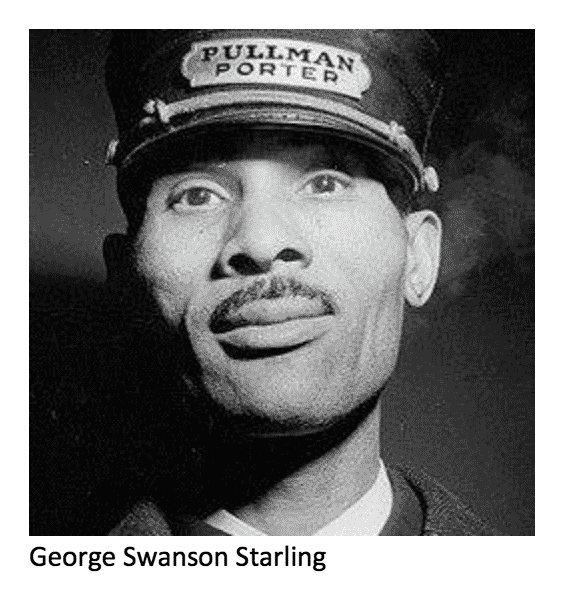
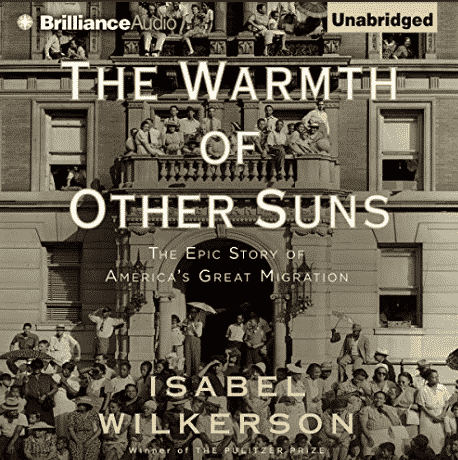
2 Comments
-
Your review of The Warmth of Other Suns compels me to read this book immediately,
so relevant it is to our times.
Thank you.
Pingbacks
-
[…] 1. Warmth of Other Suns […]
